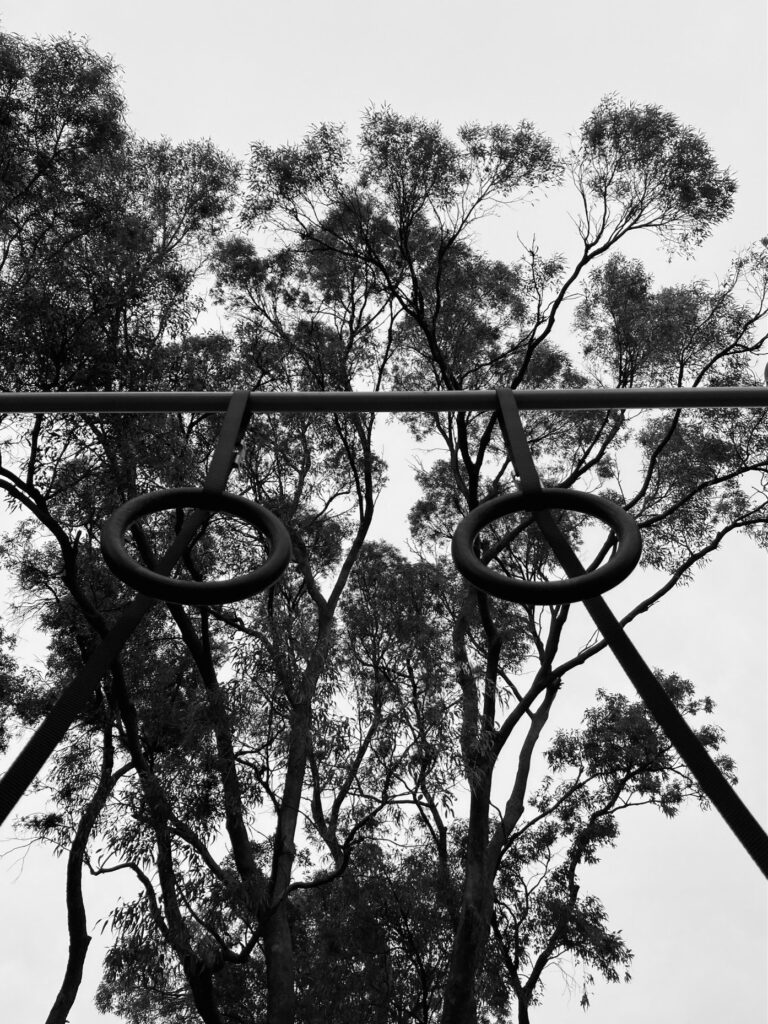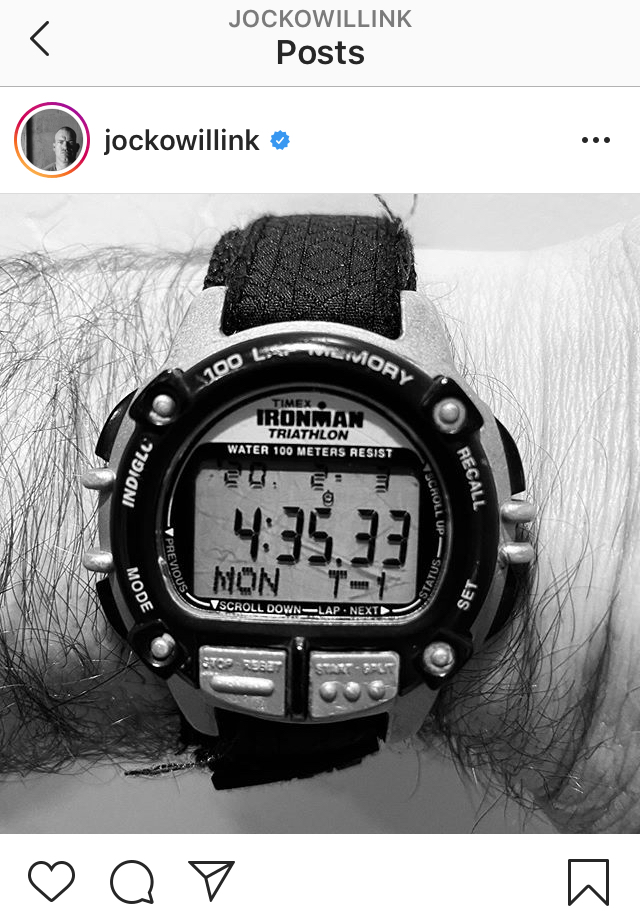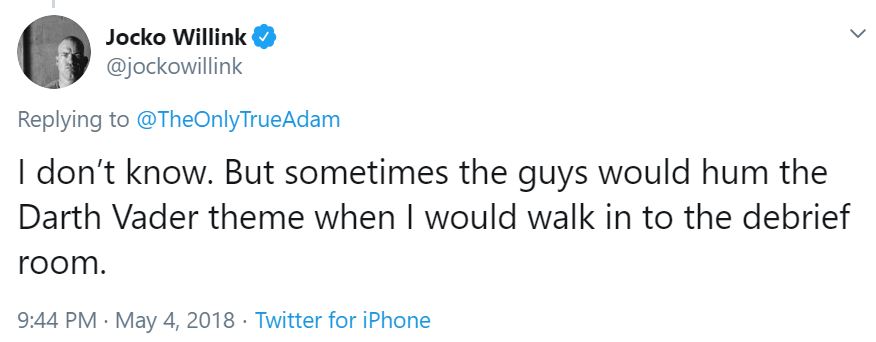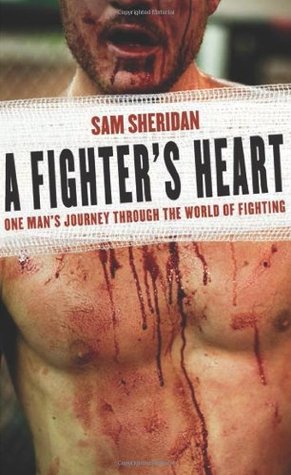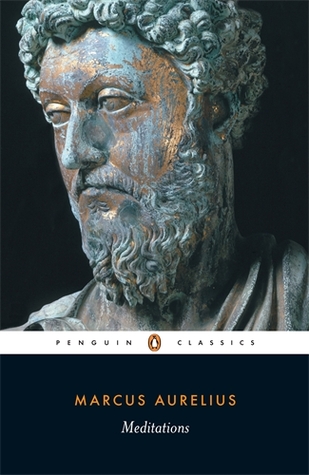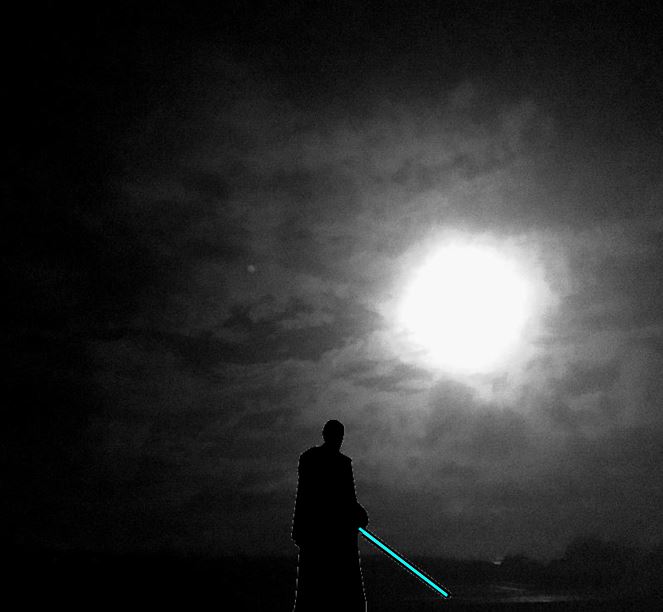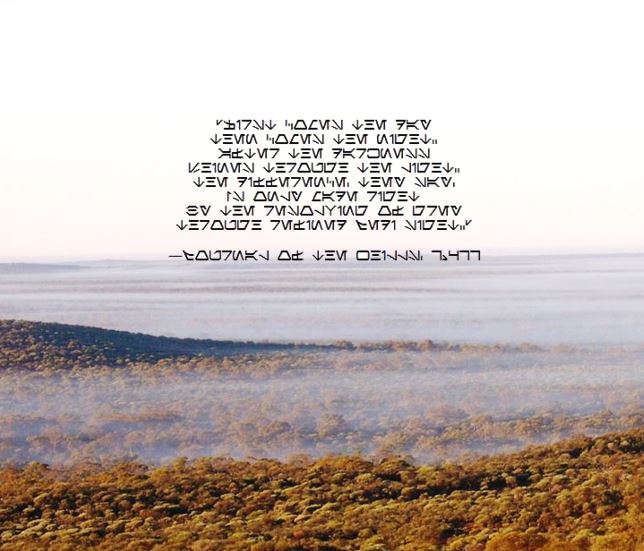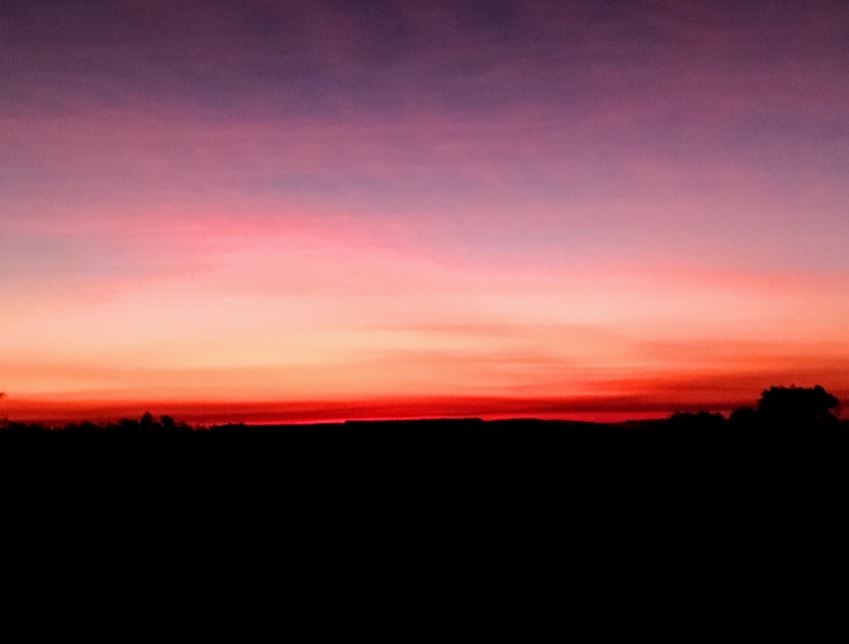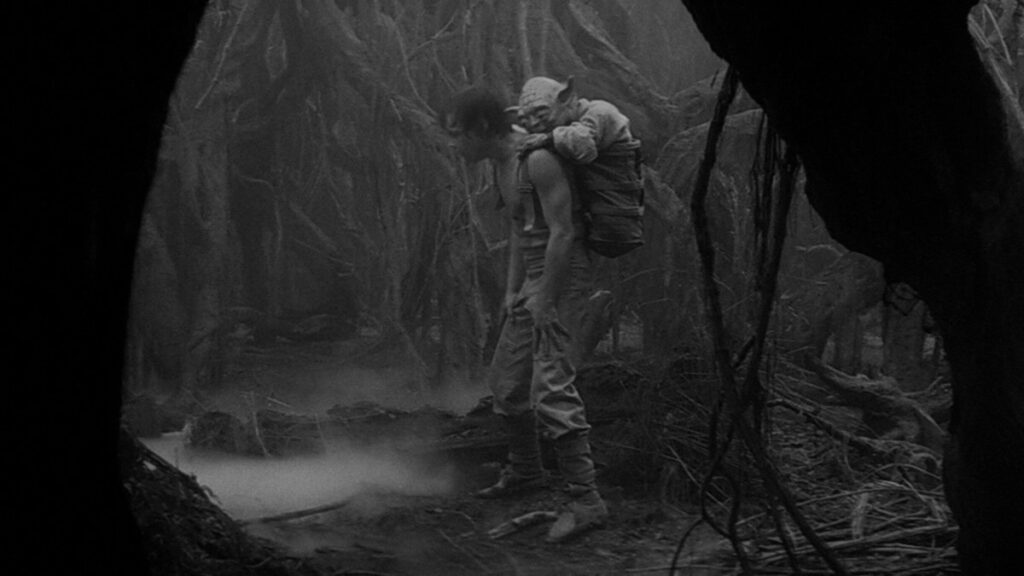
“As long as you live, keep learning how to live” – Seneca
“When 900 years old, you reach… Look as good, you will not.” – Yoda
Yoda lived to over 900 years of age and he never stopped learning how to live. In comparison to a human life span that is beyond comprehension. Imagine meeting someone who had been alive for 900 years. The stories and experiences they could tell, the lessons they had learned, the things they had seen over the centuries. Would anyone even want to live that long? They would live on generation after generation. It would be hard to watch the people they know, and love pass away from life and memory while they lived on to endure the slow march of time. Death never comes but yet one day it will. For even 900 years is nothing compared to the 100 000 years that Humans have been wandering the planet. Nothing and no one lives for ever.
Is it better to live a shorter life that is memorable than a long life that is mediocre? A long-life does not mean a full life and a short life does not mean that it has not been filled. A life can be like the slow burn of a candle, its low flame barely disturbed by air. It can also be short burn and cast a bright light across the lives of others. Is it better to live a life full of meaning or a long and meaningless one?
A daily practice of meditation, exercise and mindfulness as well as enough sleep and relaxation, a healthy diet and a sense of purpose and meaning are the essential ingredients for wellbeing and longevity. Connection with others and with nature are also important. We cannot live in isolation or be separated from nature. Humans also need to express themselves and be creative. The goal should be to realise the potential to live long, productive and meaningful lives.
Body
The body is the medium through which we experience the world. It is fragile, prone to damage and disease. The body fatigues and it eventually grows old and breaks down before it dies. Longevity is about keeping the body and the organs within it functioning at an optimal level for as long as possible. With care, effort and self-discipline the body can be maintained to last well beyond normal expectations. The three main areas that need to be considered are exercise, diet and sleep.
Exercise
It is no secret that regular exercise carries a net benefit to health. The key is the right amount of volume and intensity. I know people that overtrain and push their limits constantly and as a consequence experience injury and chronic fatigue. Unless you are attempting to break records or become a professional elite athlete there is no reason to break yourself with exercise. A good middle path should be taken. For me that includes a blend of strength and aerobic exercise that is designed to improve functional strength, burn calories, flexibility and mobility as well as cardio-vascular endurance measured by VO2 max. My activities include body weight calisthenics at the park, running, hiking, rucking with a 30-pound pack and fastpacking. I also regularly stretch and do yoga-based routines to improve flexibility and mobility which is very important. Your routine might be similar or completely different. I know people who exclusively workout at the gym or do CrossFit. Others are into running, trail running and ultramarathons. Some people prefer to stay fit through martial arts or team sports. There is no one size fits all.
The key to exercise it to elevate your heart and breathing rate to a level of stress where it might be difficult to talk. During strength exercises use resistance, sets and reps that fatigue targeted muscles to the point of failure. You can increase stress progressively starting off at a base and building up from there. Consistency is the key. Always seek advice from your medical advisor and a fitness professional before embarking on a new training regime especially if you have underlying health conditions.
Diet
The cliché is you are what you eat. It is true. In active alcoholism I did not eat healthy, and I consumed dangerous levels of alcohol. My liver was likely under severe stress as were my kidneys, heart and brain. Sobering up and abstaining from alcohol I quickly noticed the difference in my body. I was less fatigued and irritable, my sleep improved. My appetite improved, and stomach problems resolved. The mental fog lifted, and I felt healthier. Sticking to one type of diet for me is not practical. I have had short bouts of doing vegetarian, low carb and paleo but have stuck to none. These days I try to calibrate my diet to reflect my level of activity and what my body is telling me. This includes modest portions of protein, carbs, fibre and fat. I only eat when I am hungry and never overeat. Sometimes I will skip meals if I’m not hungry and do short bouts of intermittent fasting. My weight resides in the normal BMI range and rarely fluctuates as caloric intake generally equals energy spent. They key is to eat the right combination of food groups and include macronutrients in quantities that are needed to maintain health. There is no problem that food won’t solve but you can always eat yourself into trouble.
Sleep
Some people need little, and some need a lot. I tend to be in the latter group. Generally, I sleep 8-9 hours a day going to bed around 10pm and rising between 6-7am. This is enough to keep me functioning. Sleep hygiene is important. I never use portable device before going to bed and use a blue light filter on my PC. Reading is a good activity before bed. Some nights I skip dinner if I had a late lunch to avoid going to bed on a full stomach otherwise, I try to eat light in the evenings. Coffee is my only vice. I tend to drink my last cup in the evening, but it never keeps me awake. I tend to sleep warm, so I try to maintain a cool temperature in the room and ensure that there is water nearby and the room is well ventilated. If the room is not dark enough, I will wear a sleep mask and earplugs if there is ambient or background noise. Sleep is imperative to good mental and physical health. In alcohol abuse I never got enough or the wrong type of sleep and as a result I was always tired if not hungover, grumpy and sluggish. One of the main benefits of not drinking is waking up refreshed and rested and no longer suffering hangovers.
Mind
Having a healthy mind is important to living a good life. Mental health is tied to cognitive ability, emotional intelligence, psychological resilience and mood. The presence and absence of psychological disorders is a function of mental health. For twenty years I lived through a mental as well as a psychological disease. The deleterious effects of alcohol on the body have been relatively easy to reverse compared to the mental damage that occurs after years of alcohol abuse. Most alcoholics struggle with emotional and psychological issues long after they have stopped drinking. The compulsion to drink may be gone but the emotional scars remain. By working the 12 steps, seeking professional help and having a spiritual practice and a relationship with a Higher Power I was able to mitigate if not overcome much of the emotional and psychological baggage that I carried. As a 12 Step Jedi in recovery my mental health practice includes meditation, mindfulness, journalling, study and being curious about the world around me. I use Stoicism and CBT to observe and understand my emotions and realize my circle of control.
There are numerous ways to improve mental health. Getting enough exercise, a healthy diet and enough sleep is important. Reading books instead of spending hours scrolling through social media posts is a great way to practice attention and focus. Learning a language assists with memory. Playing games that require a level of puzzle solving and strategy is also beneficial. I enjoy video games that require you to think. The brain may not be a muscle, but it does thrive on activity. Cognitive decline can be delayed and even prevented by having an active mind late into life. Alcohol has a devastating affect on the brain, especially on younger people which is why alcohol should never be given to children under 18. I won’t find out for some time whether alcohol becomes a factor in my own mental decline but in the meantime, I will try to delay my own cognitive decline for as long as possible by staying as mentally active as possible.
Spiritual practice
Spirituality means different things to different people. It ranges from the deeply religious devotee to the person who finds intrinsic meaning in nature, people and the universe. I would not consider myself religious and could not give a label to my spiritual views if asked. In a census I have responded to the question around “religion” as being agnostic, pagan and most recently I added Jedi. I have a personal relationship with my Higher Power as I conceive it. I call that Power “The Force” or “God” or nothing at all. My relationship with the Divine changes and evolves.
Spirituality is more than just believing. Being a spiritual person is being and doing. You can live your life to make every act a spiritual one. We are after all spiritual beings having a human experience. The hardest thing of all is to reconnect with our spiritual source. Religions offer prayer, contemplation and meditation. But being in a religion is not a prerequisite for doing any of these things. I subscribe to no religion and pray, meditate, contemplate God and creation. Living a life as I believe God would want me to live is enough.
Spiritual practices look easy, but they are not. Good practice may take years or decades. Perfect practice in meditation can take a lifetime or never happen. The main thing is to apply effort and practice.
Community
Social Health is closely tied to mental health. Individuals may be solitary, but humans are by nature and necessity social creatures that really on other people. Civilization requires that people work together towards a common purpose. Let’s face it, you were dependent on another human being when you were a baby and will likely need someone to care for you again in the future. No one is an Island, but we also cannot become over dependent on others.
Being on a social media platform or on-line Jedi community is no surrogate to actual human contact and interaction. Worse it creates a false sense of reality. Social media distorts the truth, proliferates lies and creates social contagions which diminish rather than enrich the human experience.
I am a loner and rarely feel lonely. This is due to being introverted but also from becoming more self-reliant and self-sufficient through recovery. In alcohol abuse I shunned people and abused them, but I needed constant outside validation and company to prevent me from going insane. People were pushed away and pulled in depending on my mood and without care or consideration. I used alcohol as the medium to seek company and social acceptance. Of course, this was a charade. People were merely props to drinking, friends were drinking buddies and anyone who did not drink was open to suspicion and scorn. Recovery teaches us to go halfway with people and to be a useful member of a family, community, a citizen of a country and ultimately the world. We learn to respect and love people again and to love and respect ourselves. Recovery also trains us to never over rely on others and to have the self-reliance and resilience to cope with the inevitable disappointments, conflicts and tragedies in our lives that would otherwise lead us to alcohol.
Live long, Live Well
Humans have been searching for the keys to immortality for centuries without success. It remains a human obsession to remain on the mortal coil for as long as possible. Few of us will pass a century but we can still live a good and long life if we make the right choices. Health and wellness are the keys to longevity. In my midlife I am healthier now than when I was in my twenties. I get sick less often and recover faster when laid low with an illness. I had COVID three times, once before and twice after being vaccinated (under mandate) and was barely affected primarily due to my ideal weight and strong fitness. Today I deal with heart arrhythmias associated with the COVID vaccine and in the absence of known treatments take the necessary steps to offset that with diet, sleep and exercise. Only you, as an individual is responsible for your health and wellbeing, No one else.
Jedi living is not about how much material possessions you can accumulate, your bank balance or maintaining a physical appearance to impress others. Jedi living is about getting the most out of the time available to you as possible and never being satisfied with the status quo. It is not about the number of years you can clock before you check out, it is about improving constantly and living a good life. Do you want to live for 900 years as Yoda did to joke “When 900 years old, you reach… Look as good, you will not.” Or do you want to live a life that is full and free of regret? Do or do not.

